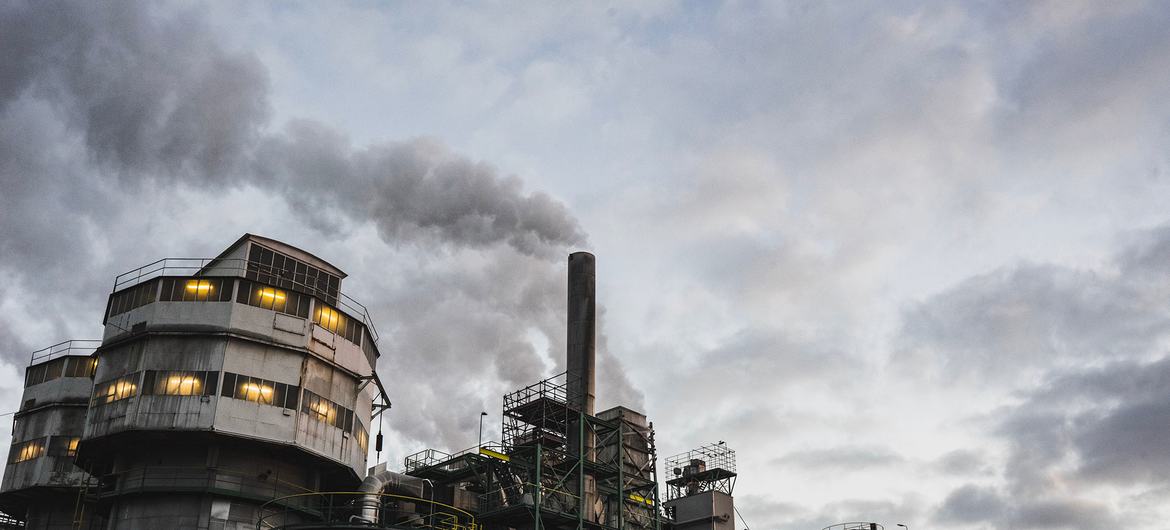Greenhouse gas emissions reached a record high in 2022 with “no end in sight to the rising trend”, the World Meteorological Organization (WMO) said in a report published on Wednesday
 KRC TIMES Desk
KRC TIMES Desk

The Greenhouse Gas Bulletin comes ahead of the UN climate change conference COP28 which opens in Dubai in two weeks.
Fossil fuels – coal, oil, and gas – account for most greenhouse gas emissions, which trap the sun’s heat, leading to global warming and climate change.
Last year, global averaged concentrations of the most important greenhouse gas – carbon dioxide (CO2) – were a full 50 percent above the pre-industrial era, marking a first, and continued to grow in 2023.
Going the wrong way
Methane concentrations also grew and levels of nitrous oxide, the third main gas, saw the highest year-on-year increase on record from 2021 to 2022.
“Despite decades of warnings from the scientific community, thousands of pages of reports, and dozens of climate conferences, we are still heading in the wrong direction,” said Petteri Taalas, the WMO Secretary-General.
The current trajectory “puts us on the pathway of an increase in temperatures well above the Paris Agreement targets by the end of this century,” he added, referring to efforts to limit global temperature rise to 1.5 degrees Celsius.
‘A matter of urgency’
As a result, countries will experience more extreme weather, including intense heat and rainfall, ice melt, sea-level rise, and ocean heat and acidification.
“The socioeconomic and environmental costs will soar,” he warned. “We must reduce the consumption of fossil fuels as a matter of urgency.”
WMO explained that just under half of CO2 emissions remain in the atmosphere, while over a quarter are absorbed by the ocean and just under 30 percent by “land ecosystems” such as forests.
‘No magic wand’
As long as emissions continue, CO2 will continue accumulating in the atmosphere leading to global temperature rise. Furthermore, given its long life, the temperature level already observed will persist for several decades even if emissions are rapidly reduced to net zero.
The last time the Earth experienced a comparable concentration of CO2 was 3 to 5 million years ago when the temperature was 2 to 3°Celsius warmer and the sea level was 10 to 20 metres higher.
“There is no magic wand to remove the excess carbon dioxide from the atmosphere,” said Mr. Taalas.
A WMO initiative announced this year aims to ensure sustained, routine global monitoring of greenhouse gas concentrations and fluxes to improve understanding of climate change and support action on mitigation.
Mr. Taalas said the Global Greenhouse Gas Watch “will greatly improve sustained observations and monitoring to support more ambitious climate goals.”


